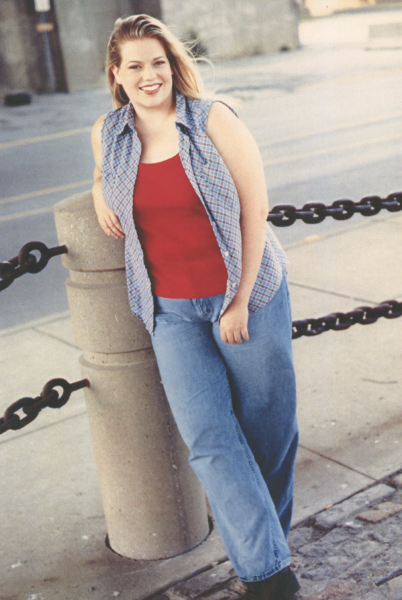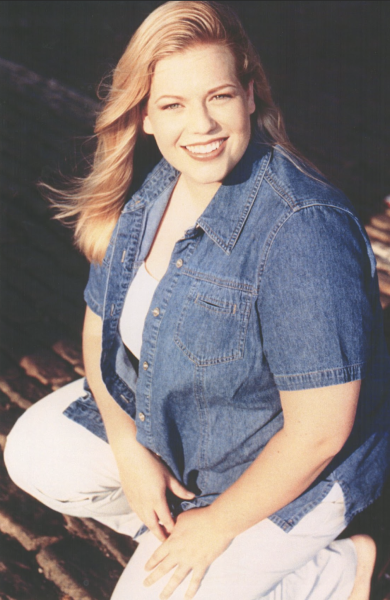Fashion harbors a cycle of trends that rise and fall, often revisiting the past, with vintage trends and older styles regaining popularity. Most recently, from the early revival of denim to niche, asymmetrical skirts, the ‘90s are back with an essence of the early 2000s.
For junior Ian Lin, this resurgence isn’t just about what’s trending, but also about how these items are coming back. Thrifting plays a significant role in his participation in these trends, allowing him to find unique articles of clothing that he wouldn’t have been able to find for the same price elsewhere. Social media platforms such as TikTok and Pinterest also play a role, with fashion influencers promoting their thrifted finds, often including pieces from the ‘90s and 2000s that show a blend of retro and contemporary styles.
“When you go thrifting, you find vintage clothing because that’s where most of the older and used clothes go,” Lin said. “Thrifting is especially much cheaper compared to buying manufactured vintage clothing online. Buying online is a lot of money just because vintage has gained popularity and is steadily going up.”

The ‘90s were rich in pop-culture style, ranging from grunge rock to hip-hop, that inspired its fashion. When thrifting, Lin has observed an increase in the presence of baggy clothing, particularly jeans, a staple of ‘90s fashion. Social Studies Department lead and former ‘90s plus-size model Bonnie Belshe is ecstatic about this revival. To her, ‘90s fashion represents the epitome of comfortable clothing, which is embodied in styles such as streetwear and denim. With this resurrection of ‘90s style, Belshe emphasizes the importance of creating a new spin on old fashion.
“I see so many of my students wear the exact thing I wore as a high school student,” Belshe said. “I love that. I think that is great. It’s always been that way. Younger generations are influenced by what came before, but the key is finding what fits for their generation and what works now for them. So we’ve always seen that and I love seeing that in circulation.”
However, while Belshe is excited about the reintroduction of ‘90s fashion, she harbors concern about the re-emergence of trends from the 2000s. Fashion from the mid to late 2000s marked a significant departure from the ‘90s, as it exchanged the comfort defined by the previous decade for a more form-fitting silhouette, seen through the prevalence of low-rise flare jeans and mini skirts. Belshe believes that the 2000s were a step back in the movement for body positivity, as the style was only modeled by a specefic body type.
“Right now, we have seen such a great movement, with both the body positivity and the body neutrality movement,” Belshe said. “But go back to the early 2000s, models were referred to as ‘heroin-chic,’ because they were not just thin but rather gaunt looking. This was so detrimental to the body image and self-confidence of young people, which is why I do not want to see us go back there.”
Apart from this concern, Belshe feels as though the circulation of fashion trends allows people to be more creative when it comes to choosing outfits, giving them a wider range of outfits and inspiration from both old and new trends.
“Fashion has this thread connected to the past, but it’s not just a complete stamp repeat,” Belshe said. “Every generation has their own take on their own interpretation of it. And that’s the part that gets really exciting is to see.”
For senior Farida Shady, the interaction between older fashion styles and modifying them to fit modern culture creates a newly realized version of vintage vogue, allowing for self-expression through a combination of different styles. Shady describes her style as a mix of femininity and streetwear, taking inspiration from the ‘90s and early 2000s. Shady believes her style has significantly evolved over time, as she was initially influenced by the styles she saw on TikTok in 2020.

However, Shady has since moved beyond emulating widespread fashion, instead opting for trends that resonate more with her personal identity. Similar to Lin, Shady primarily uses social media to get outfit inspiration. She says the returning trends aren’t exactly the same as before, as she, as well as others, uses the ‘90s and early 2000s fashion as inspiration and places her own personal spin on the outfits.
“I just think that it’s really nice that we are in an era where we’re just recycling past trends and combining all of the cool fashion eras into one,” Shady said. “I like picking out the different fashion statements from each year and then putting outfits together based off of what I find is cool.”
While fashion as a culture continues to expand vastly across different archetypes, Belshe believes that vintage fashion remains a foundation for many different styles, explaining the revival of older trends decades past their initial time.
“Newer generations always have a modern and updated take on fashion,” Belshe said. “So it doesn’t feel costumey, which I think is the best part. This generation is taking influence right from the ‘90s fashion, but absolutely making it their own to fit for the ‘20s, and I love seeing that.”
This story was originally published on El Estoque on November 2, 2023.




































